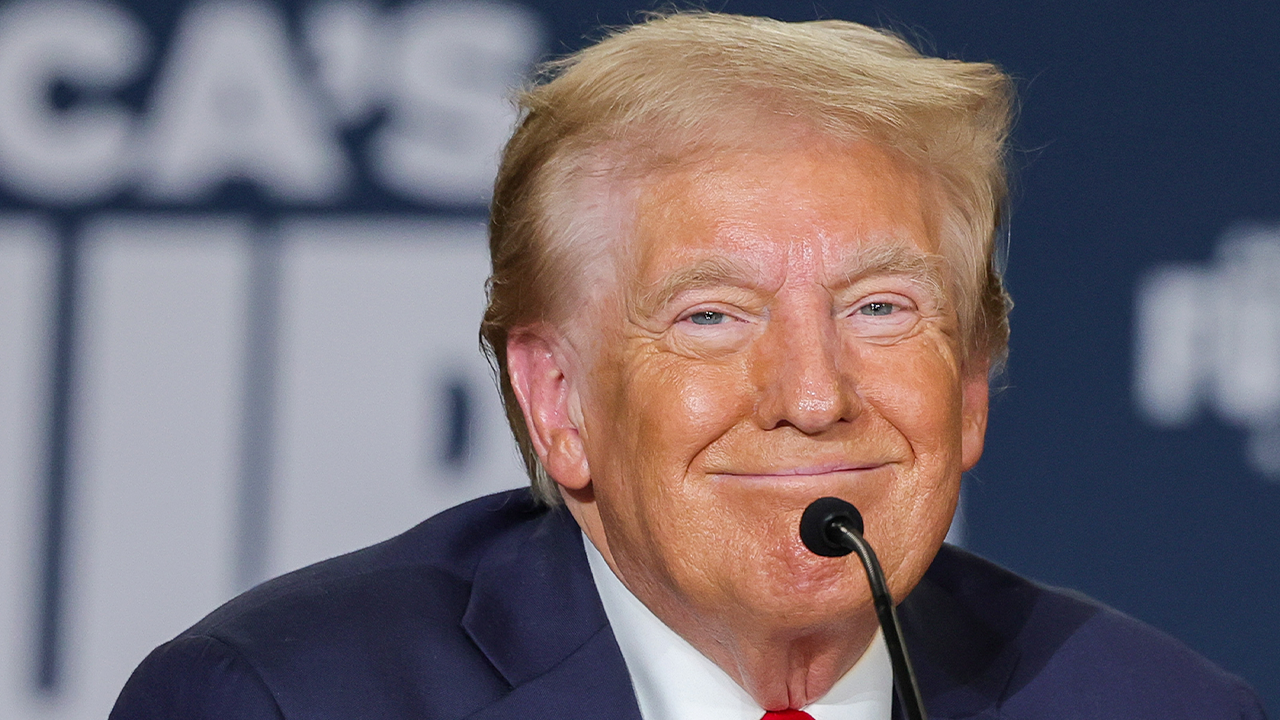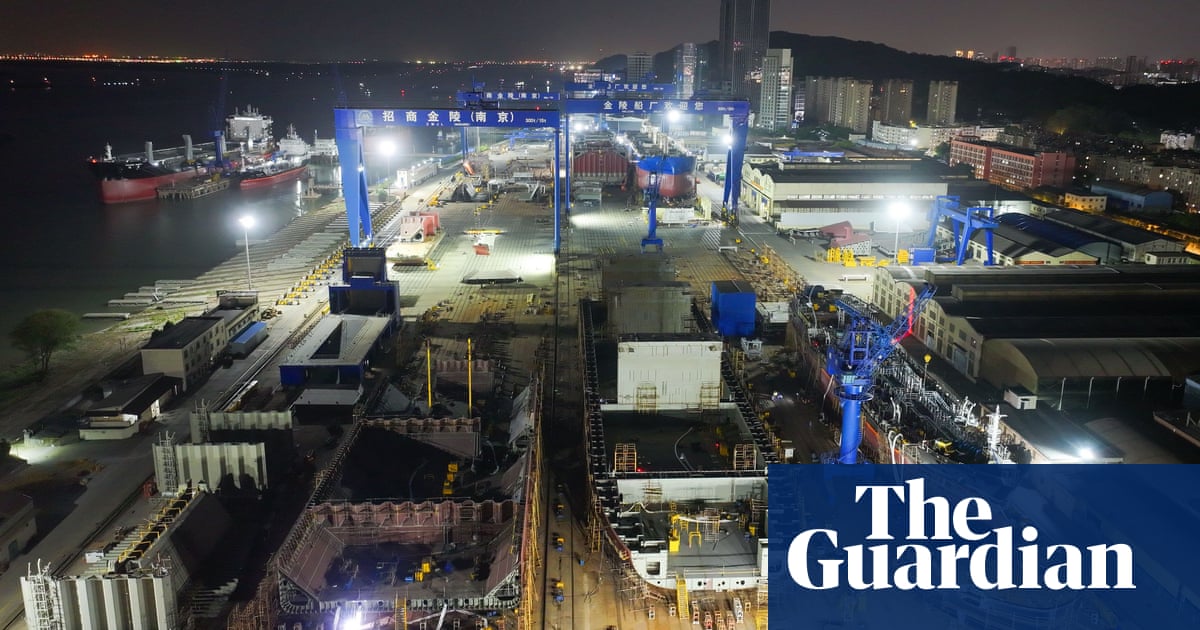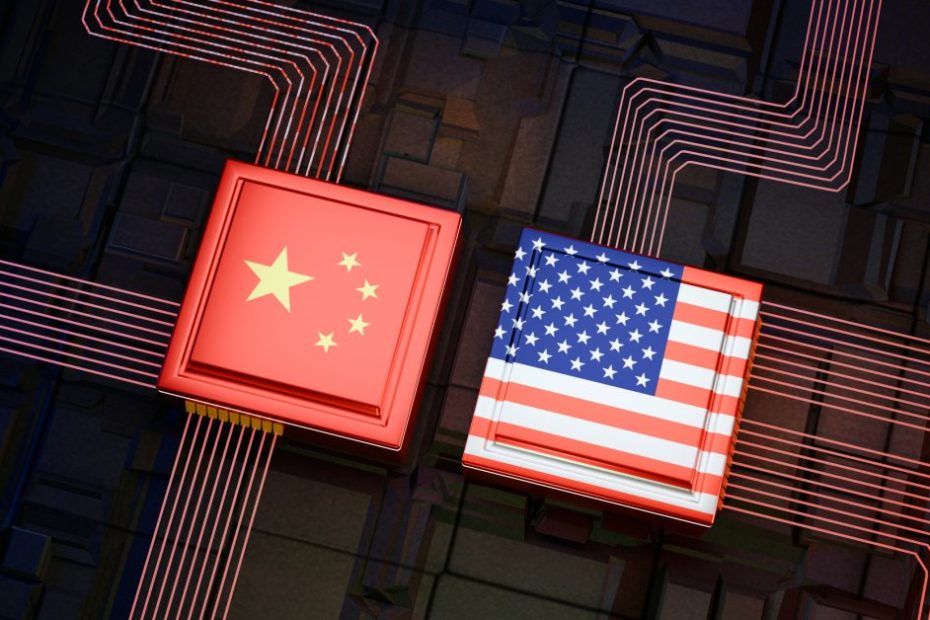How China is making progress in AI despite U.S. chip restrictions
IIn 2017, Beijing unveiled an ambitious roadmap to dominate the development of artificial intelligence, aiming to secure global leadership by 2030. The plan calls for “landmark progress” in the field of artificial intelligence to be achieved by 2020 to demonstrate its progress. Then at the end of 2022, the release of ChatGPT by OpenAI surprised the world and caught China off guard.
At the time, China's leading technology companies were still reeling from an 18-month government crackdown that cost the country's tech industry an estimated $1 trillion. It took nearly a year before a handful of Chinese artificial intelligence chatbots received government approval for public release. Some question whether China’s censorship stance will hinder the country’s AI ambitions. Meanwhile, export controls unveiled by the Biden administration a month before ChatGPT debuted were aimed at cutting off China from advanced semiconductors necessary to train large-scale artificial intelligence models. Without cutting-edge chips, Beijing’s goal of achieving AI supremacy by 2030 seems increasingly out of reach.
But fast forward to today, and a series of impressive Chinese launches suggest the U.S.’s lead in AI has narrowed. In November, Alibaba and Chinese artificial intelligence developer DeepSeek released an inference model that is, in some respects, comparable to OpenAI's o1-preview. That same month, Chinese video game giant Tencent launched Hunyuan-Large, an open-source model that the company's tests found outperformed top U.S.-developed open-source models on multiple benchmarks. Then, in the final days of 2024, DeepSeek released DeepSeek-v3, which currently ranks highest among open source AI on popular online rankings and rivals top closed systems from OpenAI and Anthropic.
Read more: How the benefits and harms of artificial intelligence will grow in 2024
Even before the release of DeepSeek-v3, this trend had already attracted the attention of Eric Schmidt, former CEO of Google and one of the most influential voices on U.S. AI policy. In May 2024, Schmidt confidently asserted that the United States had maintained a two- to three-year lead in the field of artificial intelligence, “which is an eternity in my book.” However, in November, during a speech at the Harvard Kennedy School, Schmidt changed his attitude. He cited the progress of Alibaba and Tencent as evidence that China is closing the gap. “It shocked me,” he said. “I think the constraints we put on the chips will put them off.”
In addition to sources of national prestige, who leads in AI could have implications for the global balance of power. If AI agents can automate large parts of the workforce, they could potentially boost national economies. Future systems capable of guiding weapons or attacking adversaries could provide a decisive military advantage. As countries caught between two superpowers are forced to choose between Chinese or American AI systems, AI could become a powerful tool for global influence. China's rapid development has raised questions about whether U.S. export controls on semiconductors are enough to maintain America's advantage.
Read more: How Israel is using artificial intelligence in Gaza — and what it could mean for future wars
Building more powerful AI depends on three fundamental ingredients: data, innovative algorithms, and raw computing power, or computing power. Training data for large language models like GPT-4o is often removed from the internet, meaning developers around the world can use it. Likewise, new ideas for algorithms or how to improve AI systems can easily cross borders, as new technologies are often shared in academic papers. Even if not, China is rich in AI talent and has trained more top AI researchers than the United States. In contrast, advanced chips are extremely difficult to make, and unlike algorithms or data, they are a physical commodity that can be found at the edge.
The supply chain for advanced semiconductors is dominated by the United States and its allies. American companies Nvidia and AMD have an effective duopoly in data center GPUs used for artificial intelligence. Their designs are so complex (transistors are measured in single-digit nanometers) that currently only Taiwanese company TSMC makes these top-tier chips. To do this, TSMC relies on multi-million dollar machines that only Dutch company ASML can build.
The United States has been trying to use this to its advantage. In 2022, the Biden administration introduced export control laws prohibiting the sale of cutting-edge chips to China. Previously, Trump's first administration took a series of measures to try to restrict China's access to chip manufacturing technology. These actions not only restrict the flow of advanced chips into China, but also hinder the development of China's local chip industry. U.S. Commerce Secretary Gina Raimondo told “60 Minutes” in April that China was “years” behind on chips.
Read more: Study finds stark global gap in ownership of powerful AI chips
However, the 2022 export controls hit a first snag even before they were announced, with reports that Chinese developers were stockpiling chips that would soon be subject to restrictions. DeepSeek, the Chinese developer behind an AI inference model called R1 that rivals OpenAI's O1 preview, assembled 10,000 of the soon-to-be-banned Nvidia A100 GPUs a year before export controls were imposed cluster.
Smuggling may also undermine the effectiveness of export controls. In October, Reuters reported that restricted TSMC chips were found in a product made by Chinese company Huawei. Chinese companies have also reportedly used shell companies outside China to purchase restricted chips. Others circumvent export controls by renting GPU access from offshore cloud providers. December, wall street journal According to reports, the United States is preparing new measures to restrict China’s ability to obtain chips through other countries.
Read more: Is AI progress really slowing down?
While U.S. export controls limit China's access to cutting-edge semiconductors, they still allow the sale of less powerful chips. Deciding which chips should be allowed and which shouldn't prove challenging. In 2022, Nvidia tweaked the design of its flagship chip to create a version for the Chinese market that met the restrictive threshold. The chip remains useful for artificial intelligence development, prompting the United States to tighten restrictions in October 2023. “Over the past year, (China) has been able to buy essentially as good chips,” said the RAND Corporation's Center for Technology and Security Policy. He said this vulnerability, combined with the time it takes for new chips to enter the infrastructure of AI developers, is why we have not yet seen the full impact of export controls on China’s AI development.
Whether the current thresholds strike the right balance remains to be seen. In November, Tencent released a language model called Hunyuan-Large that outperformed Meta's most powerful Llama 3.1 variant on multiple benchmarks. Research from the Berkeley Risk and Security Lab shows that while benchmarks are not an imperfect measure for comparing an AI model's overall intelligence, Hunyuan-Large's performance was impressive because it was run using a less powerful, untethered Nvidia H20 GPU for training. “They can obviously take better advantage of the hardware because of the improvements in software,” said study author Ritwik Gupta, a consultant at the Ministry of Defense's Defense Innovation Unit. Its rival Chinese lab's DeepSeek-v3 is considered the strongest open source available. model, but its training requires surprisingly little computational effort. Despite considerable uncertainty about how President-elect Donald Trump will approach artificial intelligence policy, several experts told Time in November that they expect export controls to persist or even expand.
Ahead of new restrictions in December, Chinese companies are once again hoarding chips that will be blocked. “The whole strategy needs to be rethought,” Gupta said. “Stop playing whack-a-mole with these hardware chips.” He suggested that instead of trying to slow down the development of large language models by limiting the use of chips, the United States should focus on preventing the development of military artificial intelligence systems, which he said Systems typically require less computing power to train. However, he acknowledged that restrictions on other parts of the chip supply chain, such as the ASML machines used to make chips, are key to the slowdown in China's domestic chip industry.
Heim said the U.S. lead has shrunk over the past year, though he noted that while China may now match the best open-source models in the U.S., those models are about a year behind the top closed models. He added that the narrowing gap does not necessarily mean that export controls have failed. “Let’s get away from this binary of export controls being effective or ineffective,” he said, adding that it may take longer for China to feel their effects.
The past decade has seen dizzying growth in the amount of computing used to train artificial intelligence models. For example, the training computational complexity of GPT-4, released by OpenAI in 2023, is estimated to be approximately 10,000 times that of GPT-2, released in 2019. There are signs that this trend will continue with the growth of U.S. companies like X and Amazon. Building massive supercomputers with hundreds of thousands of GPUs far exceeds the computing power used to train today's leading artificial intelligence models. If that happens, U.S. chip export restrictions will hinder China's ability to keep pace with AI developments, Heim predicted. “Export controls hit you primarily in terms of volume,” Heim said. He added that even if some restricted chips fall into the hands of Chinese developers, by reducing volume, export controls would make it difficult to train and deploy models at scale. More difficult. “I do expect that as long as computing remains important, export controls will generally be hit harder over time,” he said.
Scott Singer, a visiting fellow in the Technology and International Affairs Program at the Carnegie Endowment for International Peace, said there is “current hesitancy in Washington about whether to bring China to the negotiating table.” The implicit reasoning is: “[If the United States is ahead]why should we share anything?”
But he noted that there are compelling reasons to negotiate with China on artificial intelligence. “China will not necessarily be a source of catastrophic risk,” he said, adding that China's continued progress despite computational limitations meant it could one day produce artificial intelligence with dangerous capabilities. “If China is closer, consider what types of conversations you want to have with them to ensure the security of both sides' systems,” Singh said.







